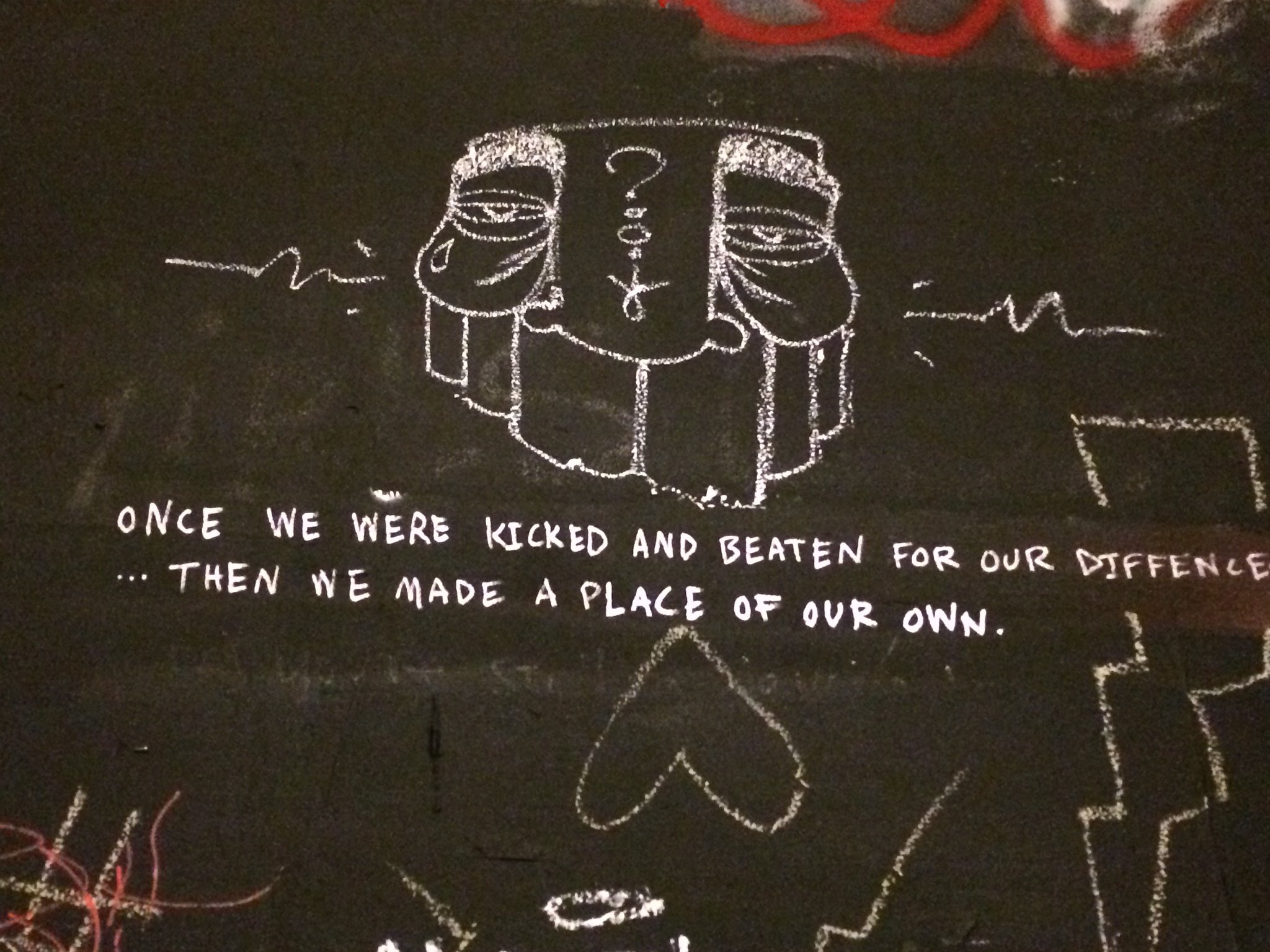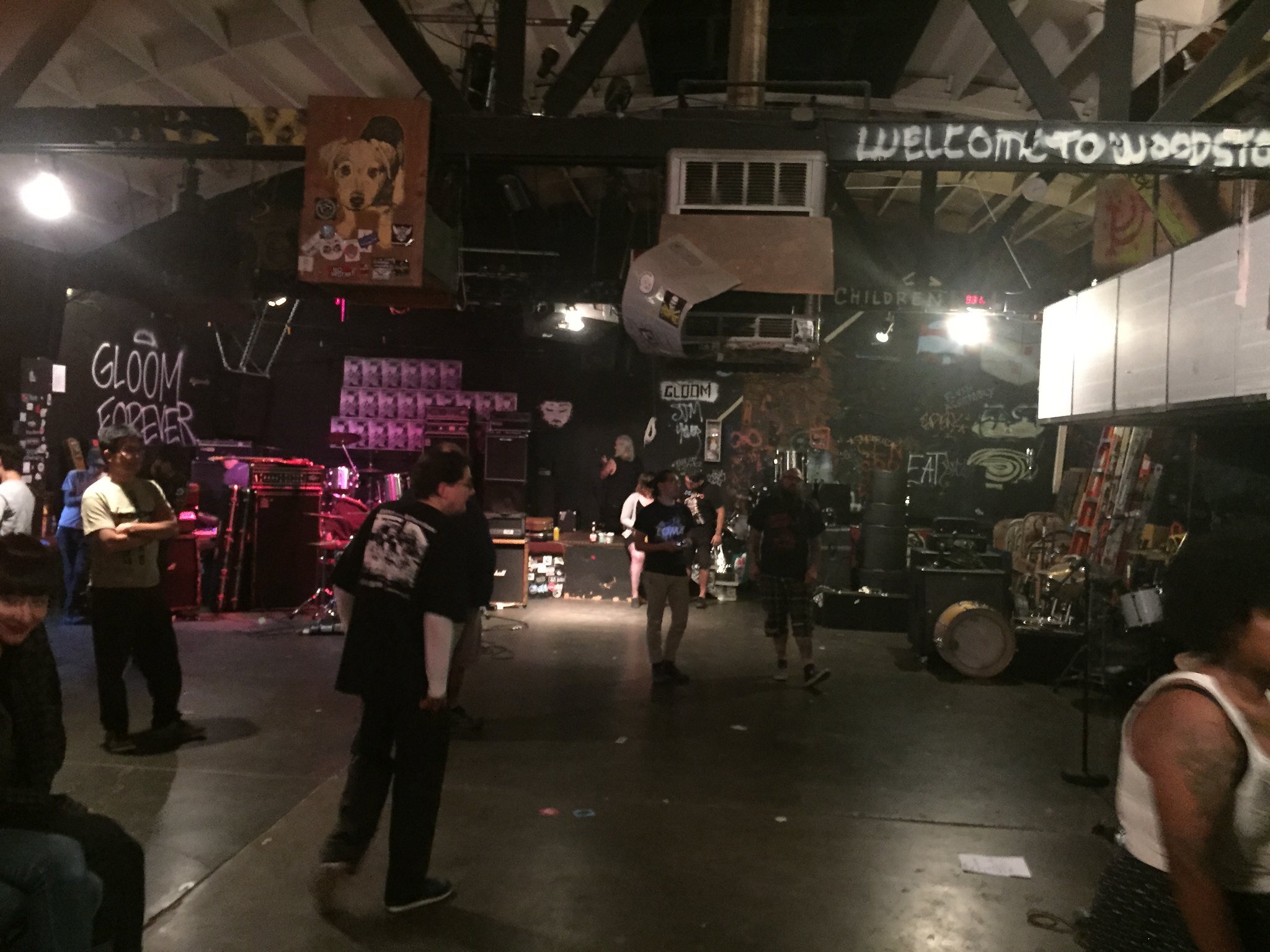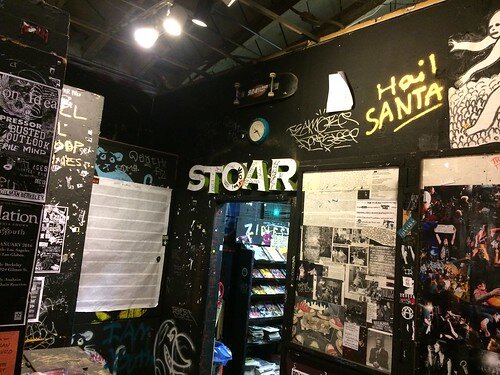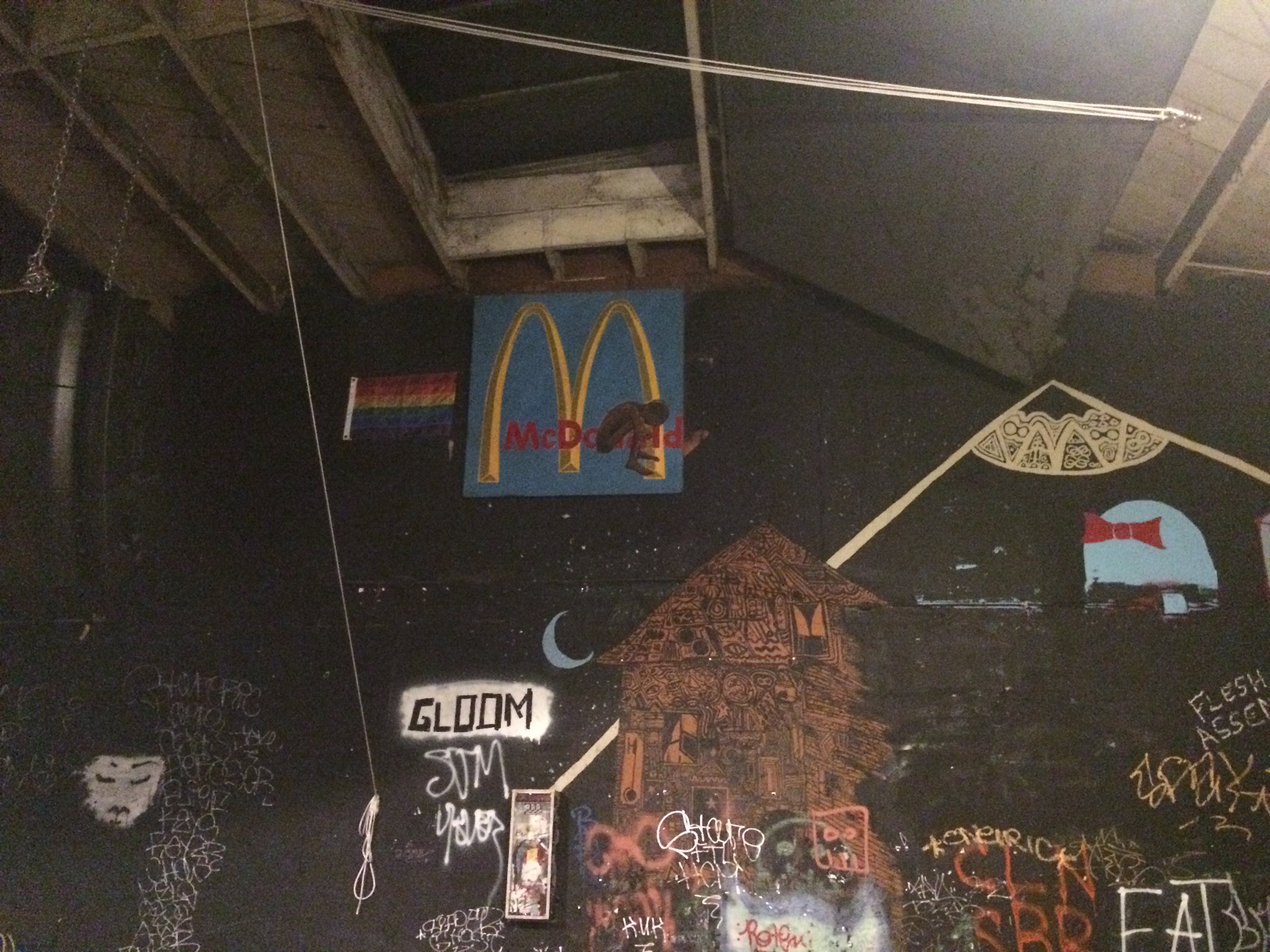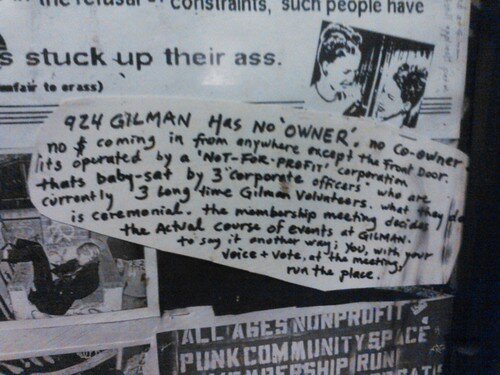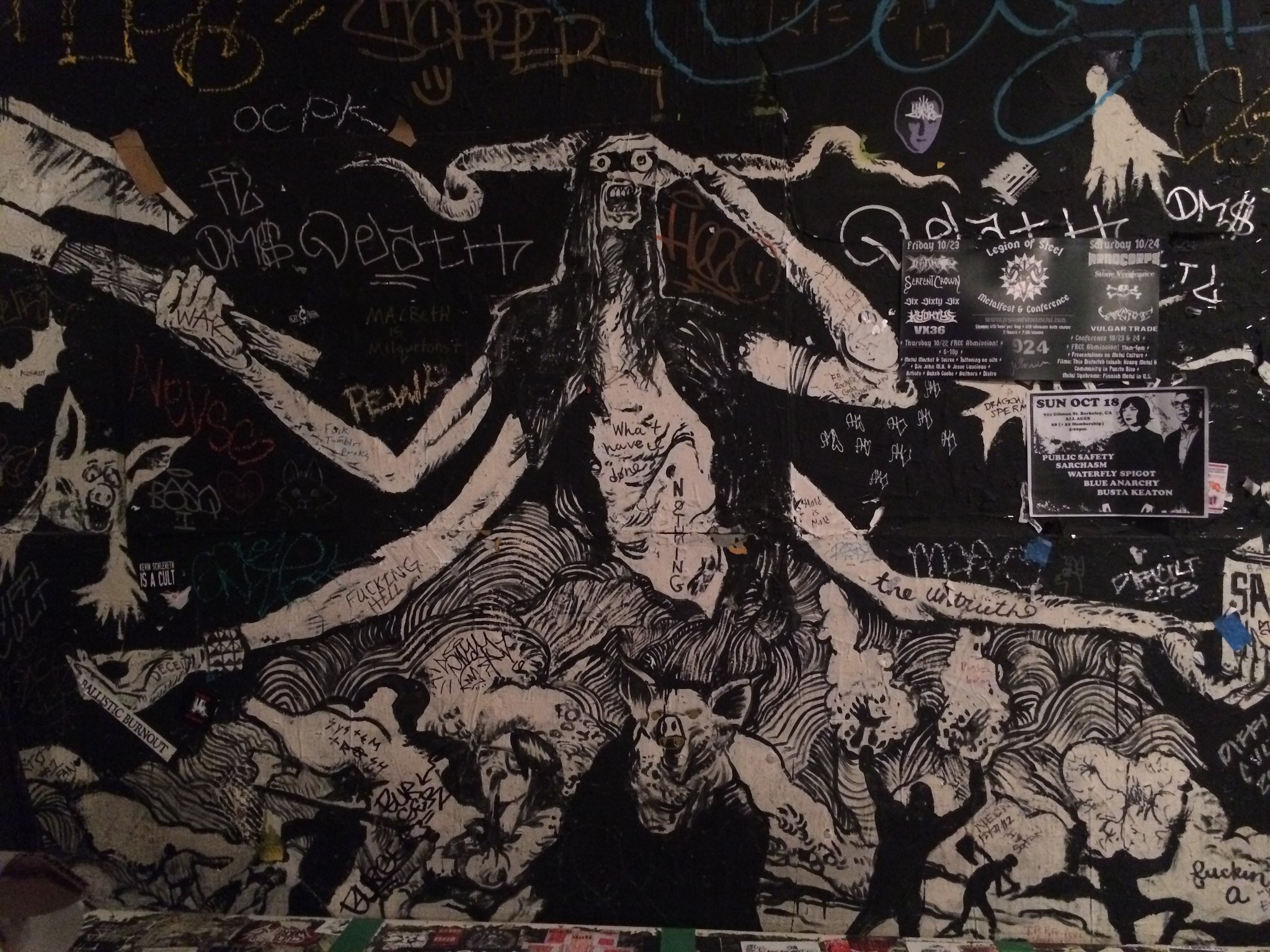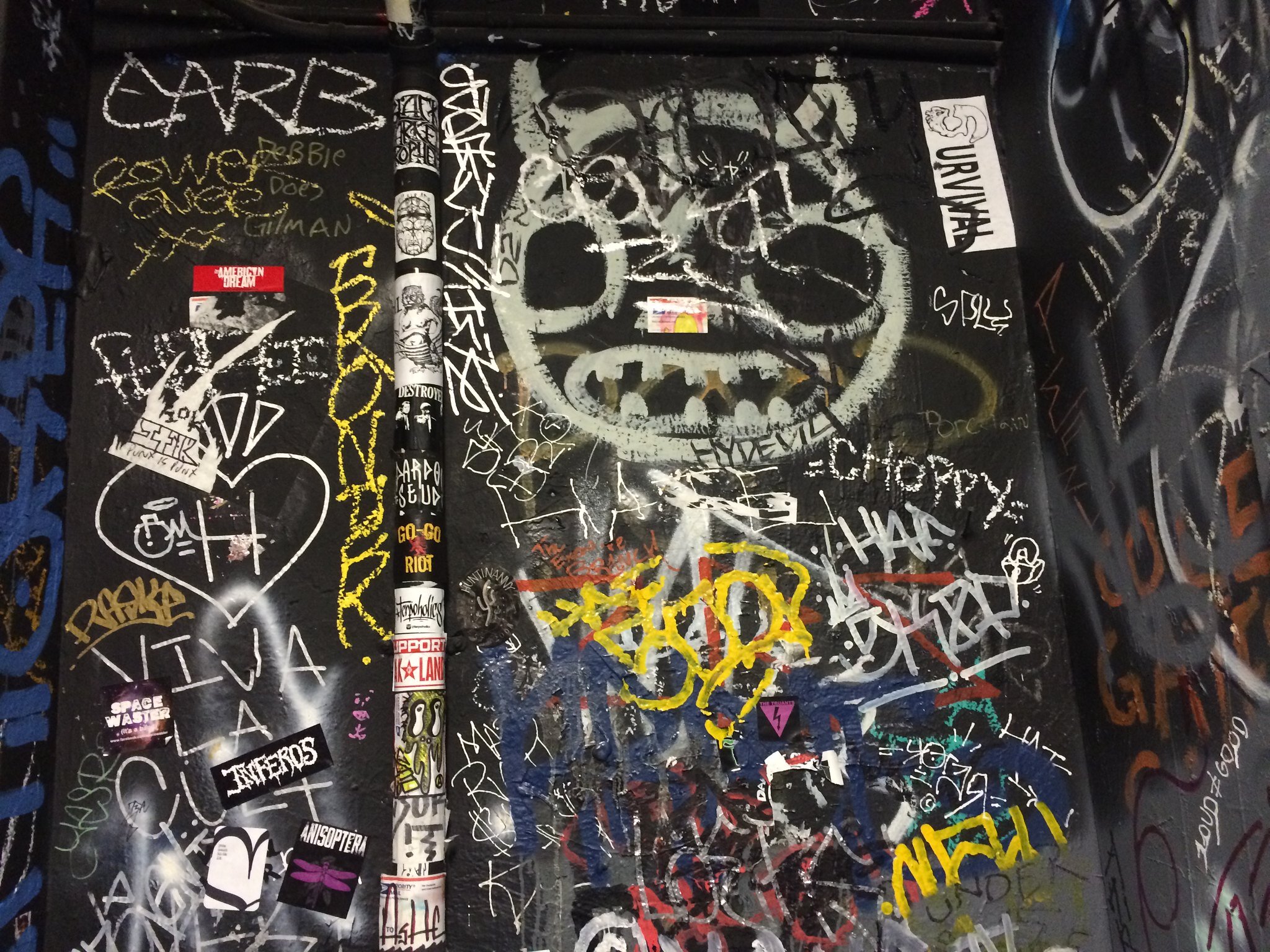924 Gilman Street: Embedded Ethnography
Along with three other fellow UC Berkeley students, I performed an extended ethnographic study of the independent music venue 924 Gilman Street in northern Berkeley, California from August - December 2015. For background, this venue is communally owned and showcases independent punk/rock acts and has served as a springboard for successful punk groups such as Green Day. I, along with one other student, served as a co-leader of this project. This study was done as a term project for a hybrid cultural anthropology/digital archaeology class about cultural ownership and use of Bay Area sites in both the past and present. Besides doing this project for a grade, our goal was to consider three target audiences for those who would read this ethnography as part of documenting the legacy of this site. By consulting with sources in the both the past and present, we determined that the three audiences would be the following:
Fans/patrons of 924 Gilman Street and the punk scene wanting to learn more about a venue that is storied in their community.
Neighboring peoples, groups, and other organizations that are physical and/or cultural neighbors to 924 Gilman Street, who have not always had the friendliest of relations and are open to education about the venue and community.
Casual onlookers and those not involved/connected to the venue and community.
Over the course of five months, I embedded myself within the community of 924 Gilman Street, which was and is comprised of the local punk rock scene. Activities included attending bi-weekly management meetings, weekly hangouts at the venue where members would talk, maintain the venue, and play boardgames/RPGs, as well as actual punk rock shows.
(Disclaimer, some of the graffiti below has coarse language.)
During this time, I led the observation and documentation of the site and the activities, decisions, and cultural values of the community, which was/is in a state of constant flux and change, driven by a DIY mentality and democratic, anti-hierarchical culture. As part of this culture, permission to perform this project had to be obtained by a majority vote of the attending community, as well as communal review of the academic writings produced prior to submission to faculty.
This was a flyer the team produced to solicit community contributions, information, and perspectives during our ethnography.
As part of the ethnographic process, the group took photos and videos of the venue (as seen above) and activities within, as well as one-on-one interviews with key members of the 924 Gilman Street community at the time, such as security guards and concession workers. Past writings about the venue, both primary and secondary, were consulted to expand knowledge of the venue and the people involved.
Through the team’s documentation of the site and its community, we honed in on three overlapping cultural themes that consistently defined 924 Gilman Street’s ever-shifting culture and people, as shown in the diagram below.
Following the team’s definition of the culture and history of 924 Gilman Street as required by the faculty, our academic writings were presented online for the punk community to review via Google Docs before formal academic submission. In addition to a long-form group paper, we posted our work to a class WordPress page for public viewing in a more digestible format. This page can be viewed at https://whoownsthepast.com/category/anthro136kf2015/924-gilman/
Thanks to Tait Adams, Silas Jones, and Danielle Belanger for their contributions to this project. Go Bears!

